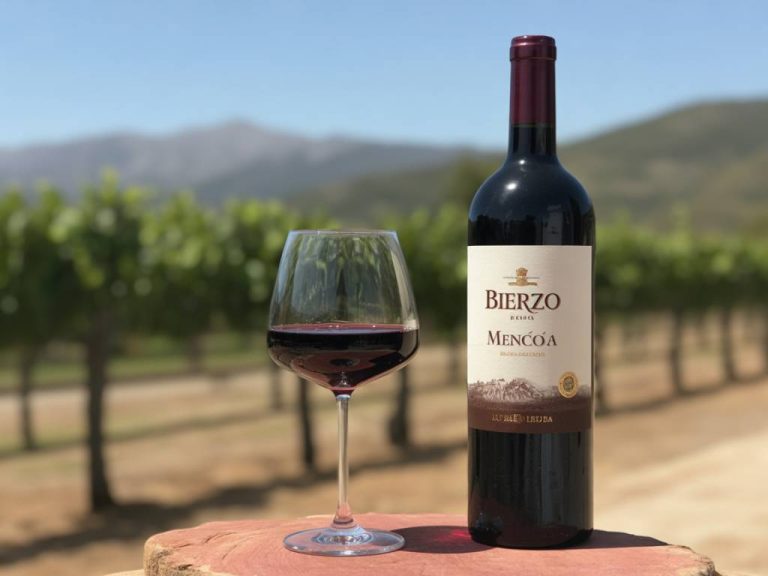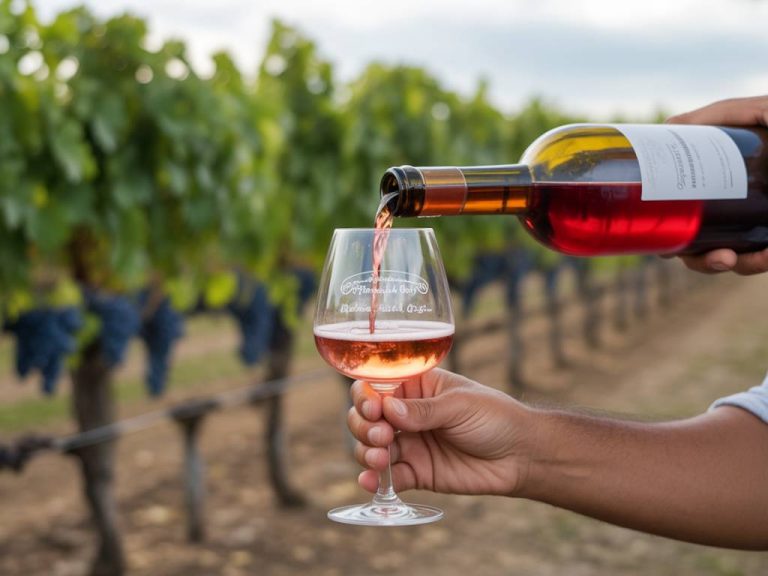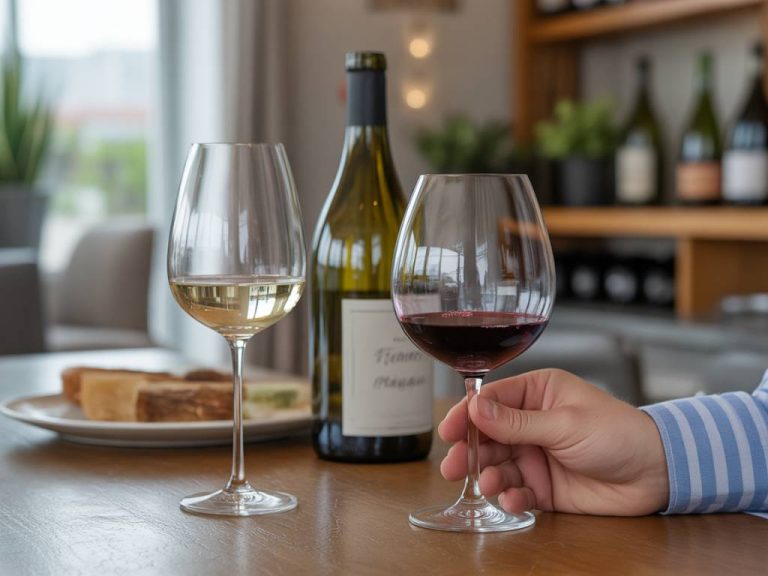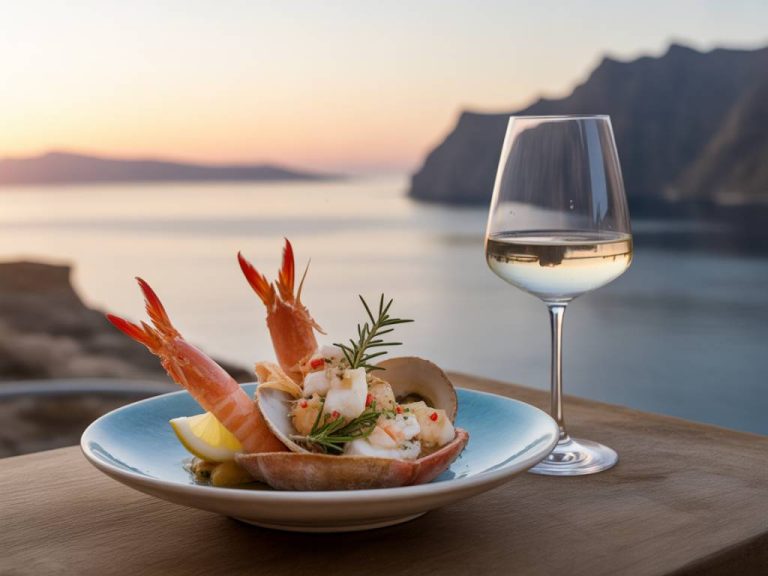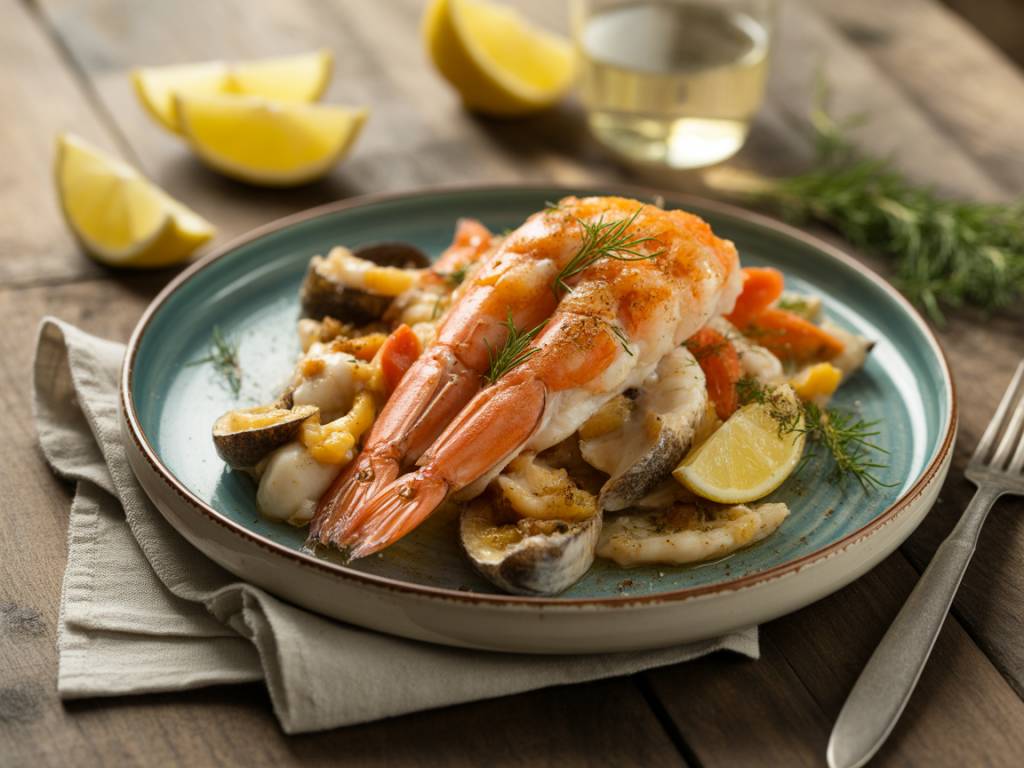
Perfect pairings: seafood dishes that shine with white wine
Whether you’re enjoying a cozy dinner for two or hosting a summer feast by the coast, seafood and white wine have long danced their delicious duet to perfection. But not every white wine works with every kind of fish, shellfish, or preparation. So how do you nail the pairing without resorting to guesswork? Let’s dive into the how and why of what makes certain white wines elevate seafood from simply enjoyable to absolutely unforgettable.
Why white wine and seafood form a natural alliance
Before jumping into specific pairings, it’s helpful to understand what puts white wine and seafood in such harmonic alignment. Most seafood has a delicate, subtle flavor profile and a lighter texture compared to meat. White wines, especially those with higher acidity and minimal oak, complement this finesse without overwhelming it.
Think of acidity as the palate’s reset button. It cleanses the richness of buttery shellfish, cuts through oily fish like salmon, and brings out the sweetness in scallops or shrimp. Meanwhile, aromatic notes can enhance herbal or citrus-forward preparations. The goal? Balance, contrast, and a little bit of culinary magic.
Classic match: Oysters and Muscadet
Let’s start with a time-honored duo. Raw oysters cry out for something crisp, clean, and mineral-driven. Enter Muscadet from the Loire Valley. This lean white—made from the Melon de Bourgogne grape—offers briny, stony notes that mirror the salinity of oysters. Its high acidity lingers just enough to let the oyster’s freshness shine through, while subtly amplifying its maritime essence.
Pro tip: Choose a Muscadet Sur Lie—a version aged on its lees—for added texture and complexity. It’s a small detail that makes a big difference.
Buttery shellfish and Chardonnay: a rich romance
When you’re working with richer shellfish—think lobster with drawn butter, pan-seared scallops in cream sauce, or even crab imperial—a fuller-bodied white is your friend. An oak-aged Chardonnay, particularly from California or Burgundy, matches this lushness with its own creamy mouthfeel and notes of toast, ripe apple, and vanilla.
However, precision matters. If your dish leans too heavy or the Chardonnay too oaky, the combination can turn muddy. Aim for a balanced Chardonnay with integrated oak, mid-level alcohol, and bright acidity. Look for bottlings from cooler climates like Sonoma Coast, Chablis, or Oregon’s Willamette Valley.
Sauvignon Blanc and herb-forward seafood
Grilled shrimp skewers with chimichurri. Pan-fried white fish with dill and lemon. Mussels steamed with garlic, parsley, and white wine. These types of preparations sing when paired with a zesty Sauvignon Blanc.
Its sharp acidity and green notes—think lime, grass, fresh herbs—mirror and amplify the herbal, citrus elements in the dish. New Zealand Sauvignon Blanc adds a bold tropical twist, while Sancerre offers refinement and mineral precision.
What’s key here is highlighting aromatic similarity without topping the dish’s flavors. A touch of citrus in both wine and food creates synergy, while the wine’s acidity keeps the palate refreshed bite after bite.
Albariño and shellfish: a hidden gem pairing
Hailing from Galicia on Spain’s Atlantic coast, Albariño is an under-the-radar treasure when it comes to seafood. With its saline finish, vibrant acidity, and notes of peach, melon, and citrus zest, this varietal practically begs to be poured with shellfish.
Eating a plate of steamed clams or grilled razor shell clams? Albariño will not just complement the dish—it will elevate the coastal freshness, often evoking the sea breeze itself. If you’ve ever enjoyed a seafood lunch along a Mediterranean harbor, you know what we’re talking about.
Grilled fish and Vermentino: a Mediterranean match
Simple grilled fish—branzino, dorade, sardines—calls for a white wine with character that respects the purity of the dish. Vermentino, especially from coastal regions of Italy like Liguria or Sardinia, or from Corsica, offers that gentle citrus lift with herbal whispers of thyme, bitter almond, and wildflowers.
Its slight bitterness on the finish cuts nicely against char or marinades with olive oil and lemon zest. Plus, it typically comes with modest alcohol and great drinkability—a perfect companion for long alfresco lunches that drift well into the afternoon.
Asian-inspired seafood and Riesling: a symphony of sweet and spice
Pairing wine with Asian flavors—ginger, chili, soy, sesame—can feel daunting. But when seafood enters the picture, an off-dry Riesling becomes a versatile powerhouse. The slight sweetness counters the heat, while the bright acidity maintains freshness. You could easily match a Thai prawn curry, spicy tuna rolls, or soy-glazed sablefish with an expressive German Kabinett or a Finger Lakes Riesling.
Look for balance in residual sugar and acidity. This is not about sweetness for its own sake—it’s about tempering spice and enhancing the umami complexity of the dish.
Wine and texture: don’t forget mouthfeel
Most pairing guides focus on flavor, but texture is equally vital. Consider the silkiness of a seared scallop, the flakiness of cod, the chew of grilled octopus. These tactile components demand wines that match or contrast appropriately.
- Flaky white fish (halibut, cod): Pair with minerally whites like Pinot Grigio or Chablis for a delicate match.
- Meaty fish (tuna, swordfish): Introduce more body with a white Rhône blend or a rich white Rioja.
- Crustaceans (shrimp, lobster): Depending on preparation, go crisp (Verdejo) or creamy (white Burgundy).
The key is to align the weight and intensity of both the dish and the wine. Light dishes need finesse; heartier textures can support bolder profiles.
A few unexpected yet rewarding combinations
Every now and then, leaving the beaten path leads to delightful surprises. A few unconventional pairings I’ve enjoyed recently:
- Grilled eel with dry Sherry (Fino or Manzanilla): the salinity and nutty character bridge the eel’s richness.
- Smoked trout with Grüner Veltliner: the wine’s peppery snap and minerality pair beautifully with the smoky depth.
- Fish tacos with Chenin Blanc: especially those from the Loire or South Africa—high acidity, orchard fruit, and versatility galore.
Wine should be personal and playful. Trust your palate, experiment with styles, and you might just find your own unforgettable duo.
Serving tips to get the best from your bottle
Even the perfect pairing loses its charm if the wine isn’t served at the right temperature or in decent condition. A few quick guidelines:
- Chill, don’t freeze: Serve white wine between 45–55°F (7–13°C). Too cold, and you mute flavors; too warm, and it falls flat.
- Use proper glassware: A tulip-shaped white wine glass concentrates aromas and enhances your tasting experience.
- Decanting isn’t just for reds: Richer whites like Chardonnay or older vintages benefit from a quick decant to open up.
And finally, when you’re sitting down with a perfectly paired plate of seafood and white wine? Slow down. Let it linger. Good wine demands attention, not just consumption.
As someone who’s worked his way through the vineyards of Napa to the coastal kitchens of Seattle, I’ve come to believe seafood and white wine offer one of the purest forms of gustatory pleasure. Whether you’re savoring oysters on the half shell or tucking into pan-seared tuna, the right glass beside you can make all the difference.
Pair well, pour better, and never stop exploring.
